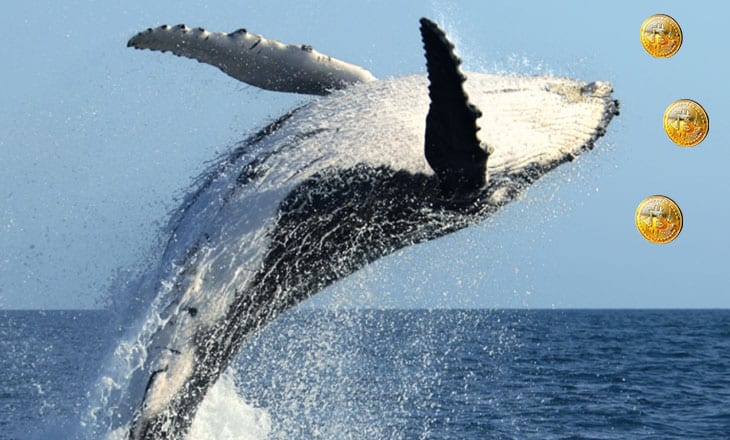Allegations of Whale misconduct in the crypto space have been prevalent of late. The issues continue to be suspicions of deliberate price manipulation tactics, and a new report from Whale Alert, an industry watchdog of just such behavior, has confirmed that Whales do and have demonstrated on occasion their ability to influence the market. Frank van Weert, the CEO and founder of this firm, also states that, “Whales are a dying breed”. His assertion will not happen immediately, but will occur as the market matures.
This report follows on the heels of another more controversial one from two university professors that claimed that statistical studies of inflows and outflows of the Tether stablecoin system in 2017 indicated that the hyper rally Bitcoin conditions were the result of activities of a single Whale’s price manipulation. Industry reaction was replete with denunciations of the study as being so far from the truth experienced by so many insiders at the time that it bordered on “silliness”.
Did Whales throw their weight around during 2017? Most assuredly so, but there were also millions of retail accounts that were opened at exchanges that refute any notion that a single force controlled market pricing for other traders. Van Weert does not discount Whale activity, but many of the cries of price manipulation do not constitute causation. His take, as explained to CCN, was: “Whale transactions can have a really profound effect on price in the market. […] Knowing where the currency flows is a great way of predicting stuff.” His firm tracks all large transactions from high value addresses.
Traders and analysts do follow flows in and out of Tether, a stablecoin used as a “way station” in between active trades. These flows are not necessarily the actions of one or even a few Whales. Per van Weert: “A lot of people see those as a positive market development: they assume those USDT are going to be used to buy BTC. Now, I don’t know if that assumption is correct, but a lot of people reacted to that, I think—to the issuance of Tether.” Tether had $1 billion in assets in 2017. It has grown to $4 billion.
After Bloomberg showcased the Whale manipulation story from academia, insiders were quick to discredit the study on several grounds, saying first that every market on the planet is manipulated at times. In 2017, exchanges were not prepared for the massive inflow of funds from China after its BTC ban. Flows were distorted, and Chinese stored much of the capital in Tether, as a USD substitute. Exchanges also own the majority of “Whale” accounts, as a way to manage aggregated flows, with no market impacts.
The more interesting finding of the Whale Alert report has to do with how the crypto eco-system is evolving. According to van Weert, the number of Whale accounts is actually in decline, and he expects this trend to continue over time. It will not be sudden, but as demand builds from new retail and institutional investors, the pressure will continue to build for the larger, non-exchange and hedge fund accounts to reduce their holdings.
Per van Weert:
Bitcoin started with a few people. So the biggest chunk of the coins is going to be in the hands of the people who started it. Eventually, those people will have to sell their coins, and more people are interested—more people are buying—and so, eventually, the distribution of BTC is going to hopefully level out a bit more, and there’s going to be, hopefully, fewer whales.
Read more:
